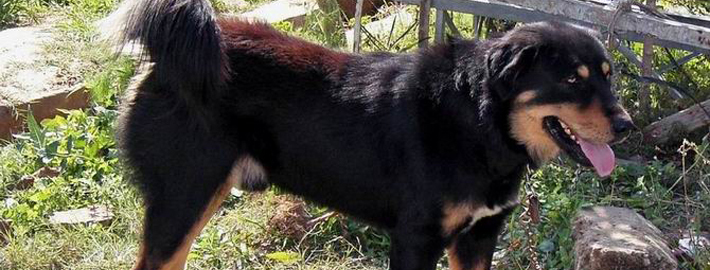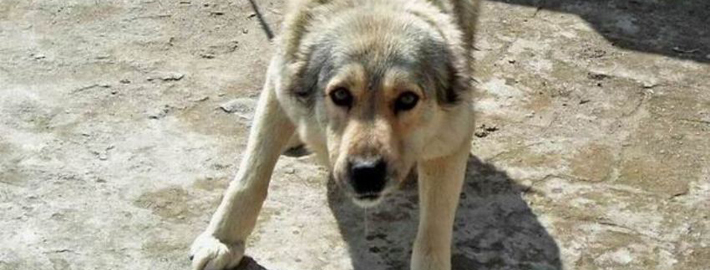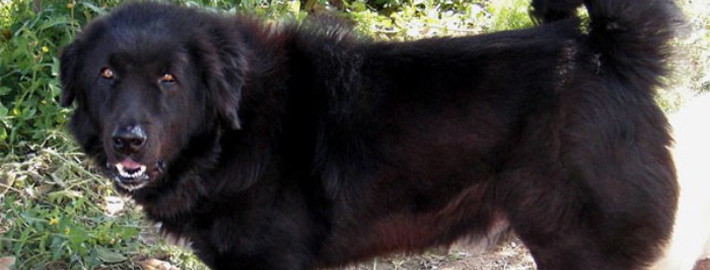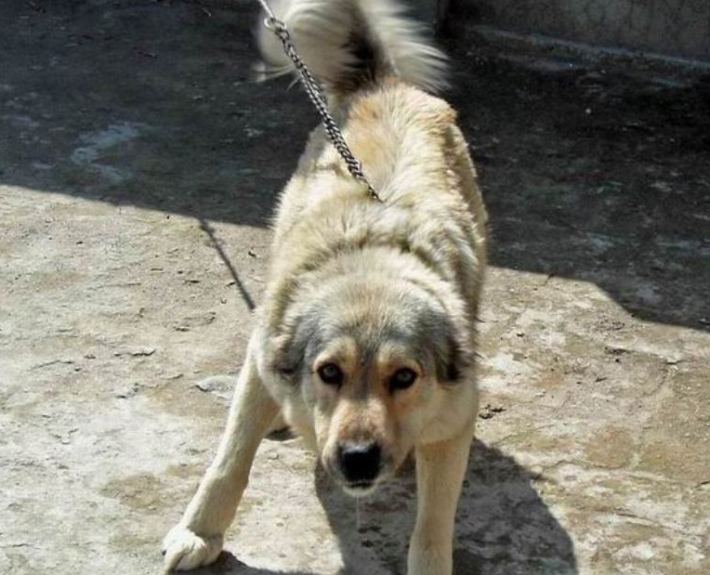What makes the Bakharwal Unique?
The breed is known as a very active one. It is necessary that they are trained well from their childhood. The Bakharwal dog is very playful and it is also protective. It needs its share of standard exercise and play. The dog is sociable and does not thoughts crowds. this can be simply because they are brought up in places with lots of people. The breed is also very aggressive when it comes to their area. They are protective of their turf and will react typically of a shield dog when confronted. Hence they are well suited as shield dogs for huge properties. They will be very happy in these situations. these days they are also utilized in their role as a shepherd dog to great advantage.
Breed Groups
Page Contents
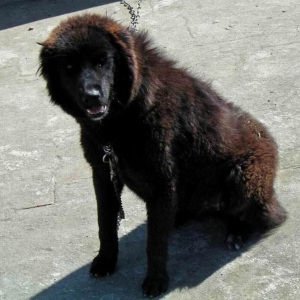
Is the Bakharwal Right For You?
The Bakharwal Dog is an ancient working breed of dog found in the Pir Panjal mountain range of the Kashmir Himalayas, where it has been bred for many centuries by the Guijar nomadic tribes as a livestock guardian dog and settlement protector. A recent study says that this species of dog is in danger. They have been trained to be shield dogs for the tribe as well as specifically for cattle. The Bakharwal dog is known to be a very muscular and well structured dog. It is tall and powerful. One of the most recognizable features of the dog is its fluffy and rough coat. The dog has powerful solid shoulders having a powerful neck and head.
In 5 Words
- Ferocious
- Protective
- Serious
- Loyal
- Rugged
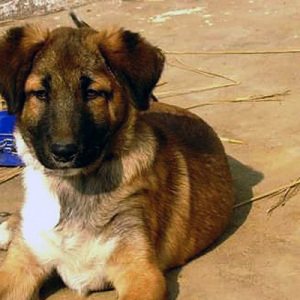
Characteristics
Learn About the Bakharwal
Description
Deep-chested, muscular and agile, the Kashmiri Sheepdog has a directly back, broad shoulders and long legs. The entire body is strongly boned, having a powerful neck and big head. The medium-length flat coat is very thick and densely undercoated, providing suitable security from your harsh climate in the area, as well as from predators. The most common and valued colouring is dark and tan, but some tricoloured and piebald examples might be found, too. a number of sizes might be encountered, from specimens that are 24 inches tall to those exceeding 30 inches in the withers.
Short History of the Bakharwal
Belonging to a leaner variety of Asian Molossers, the Kashmiri Sheepdog is related to some types of the Tibetan Mastiff and dogs of Central Asia, but is claimed by the Gujjar herdsmen to be much older than any other breed of the region. While this is debatable, the black-and-tan colouring and physical build of the Bakarwal Mastiff have led some authorities to link a number of old Molosser to this dog, namely the Hyrcanian Mastiff, the Molossos tis Epirou, the Sylvan, the Tuvan Sheepdog, and the Siah Sag variety of the Iranian Sage Mazandarani, as well as the European descendants of these breeds.
Temperament
These dogs have a serious deposition that makes them more than enough suited to be a working dog. They get along great with other animals and small children. When working on a farm, they have a high sense of protection for livestock and other farm animals. They do not fear larger animals then themselves and have been known to fend off bears and tigers because of their strong will. Because of their strong and courageous personality, it makes them one of the best companions for a human, although their stubborn nature can make them a tad difficult to train.
Caring for Your Bakharwal
General Health
The Bakharwal Dog is a robust and healthy breed. Rarely suffering from common canine health disorders, the Bakharwal Dog enjoys a lifespan that averages between 10 and 12 years. The breed generally resists infection and sickness, overall not suffering many illnesses.
While the Bakharwal Dog is typically known as a healthy and hearty breed, they do suffer from a few health problems, including: hip dysplasia, patellar luxation – dislocation of the knee, cryptorchidism – failure of one of both of the testicles to fully descend, obesity, and bloat.
Grooming & Bathing
The coat of the Bakharwal Dog is medium length and flat, making it relatively low maintenance. Brushing through the dog’s coat once or twice a week should be sufficient to maintain the cleanliness and appearance of the Bakharwal Dog.
The breed sports a dense double coat, so some trimming may be required to maintain its good condition. As with all dog breeds, special grooming and care should be given to certain areas. The eyes, ears, teeth, and nails of the Bakharwal Dog should be examined regularly to ensure that they are clean and healthy, and to prevent any injury or health problems from developing.
Exercise & Training
The Bakharwal Dog was, and is still today mainly used as a working dog and livestock or property guardian, the breed has an independent nature that has been perfected over the course of time and through its working development. Obedience training is therefore, a challenge with the Bakharwal Dog breed. Often this dog, while working in the field, would be required to make decisions individually, and separately from its master. This type of development creates a dog that is an independent thinker and a creative problem solver; not one to take to training and the performance of parlor tricks lightly.

